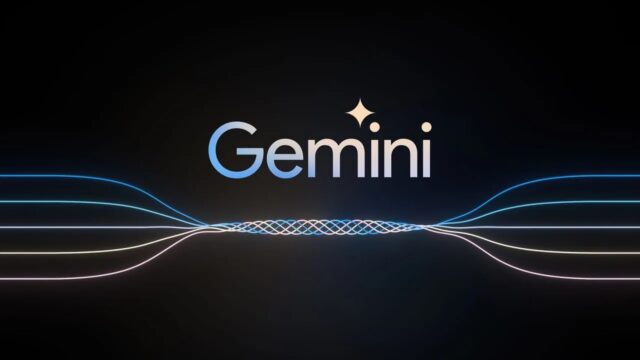The AI doctor for Mars missions is becoming a reality thanks to a collaboration between NASA and Google. This medical assistant, called the Crew Medical Officer Digital Assistant (CMO-DA), is being developed to support astronauts during long journeys when real-time communication with Earth is impossible.
Why Mars missions need an AI doctor

Deep-space travel poses serious medical challenges. For example, messages between Mars and Earth can take up to 223 minutes to send and receive, making live consultations impossible. Additionally, there’s no way to send medical samples home or evacuate a sick crew member. This makes having an onboard AI doctor a critical safety measure.
How the AI doctor works
The CMO-DA runs on Google Cloud’s Vertex AI platform and uses open-source large language models like Llama 3 and Mistral-3 Small. Because NASA owns the code, it can adjust the tool for mission-specific needs. While the current version focuses on diagnosis and treatment advice, future versions could add ultrasound imaging and real-time biometric monitoring.
Testing and results
NASA tested the AI doctor against a range of common health problems. Three doctors, including one astronaut, compared the system’s recommendations with human diagnoses. The results show promise, suggesting that astronauts could rely on the AI in emergencies.
Role in future space exploration
This project is part of NASA’s Artemis program, which is building the foundation for a permanent Moon base and eventual crewed Mars missions. By developing an AI doctor now, NASA and Google are ensuring astronauts will have essential healthcare support when venturing farther into space.
A step toward fully autonomous care
In the long term, an AI doctor could integrate with other onboard systems to monitor crew health continuously. Combined with advanced medical equipment, it could handle anything from routine check-ups to urgent care, making deep-space missions far safer and more sustainable.














